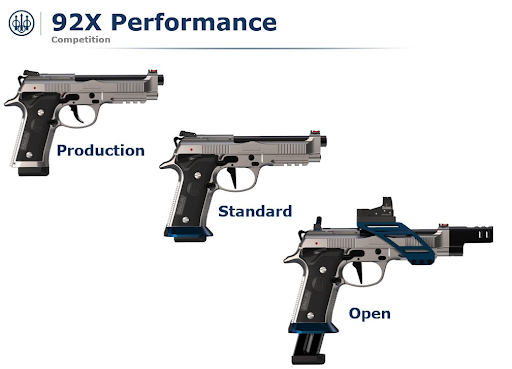One of the things that has always confused me is why the US Army mechanized infantry platoon features split squads. It features four Bradleys and dismounts organized into three squads of nine men each. Since each Bradley holds six or seven dismounts, this means squads have to be split to be reconstituted later. While this matches light infantry practice, it always stuck me as needlessly complicated.
It wasn’t always this way. Originally, the Bradley and its six dismounts were considered as a “squad”, with the Bradley acting as a big, tracked, fire support unit. There were problems with the execution. The first was the question of squad leader. There is always the question of whether or not the squad leader should lead the dismount team or act as vehicle commander. The US Army said, BOTH! As a result, the Bradley commander would dismount along with everyone in the back. But this would lead to a suboptimal arrangement with the gunner having to perform double duty as the vehicle commander. So one of the dismount members would be cross-trained as vehicle commander, and he would climb up and take the place of the Squad Leader as vehicle commander.
That’s needlessly complicated, and for once the Army agreed. They decided that while they were in there revising the platoon org chart, they would work for more homogeneity. The Bradley Platoon of four Bradleys got rethought into two pairs. This mirrored U.S. Army thinking in the tank platoon, where four tanks were thought of as operating as two pairs of tanks. Each Bradley pair would get a squad of nine men to account for. Given that early Bradleys had six seats for dismounts, the Army split them into a fireteam of four per Bradley, and one of the two Bradleys in each pair got a (dismount) squad leader. Now, Bradley vehicle commanders could be just vehicle commanders, dismount squad leaders could be just dismount squad leaders, a dismounted squad could perform fire and maneuver on its own, and the dismounted squad was identical to the light infantry squad. The US Army has tended to like the idea that each infantry squad can be capable of fire and maneuver by itself. This also left six empty seats per platoon, which was sufficient for the platoon commander, XO, and any attached extras like radiotelephone operator or medic.
The next step to get us to today happened with revisions to the Bradley itself. A desire for more protection and the realization that the firing ports were useless led to them being plated over as part of the changes for the M2A2 version. Since the troops no longer needed to shoot out of gunports, the seats could be rearranged into more conventional benches along the sides of the vehicle, and the designers were able to squeeze in one more dismount, for a capacity of seven. Applying these to the previous organization chart meant that there were now ten empty seats, or room enough for another squad. This brings us to the platoon of four Bradleys and three dismount squads of nine men each that we know today. The careful reader will note that there is now no longer space for much of a command group or attached extras, but that’s something that the Army has not been bothered by.
Personally, I don’t like it. I’d much prefer to take the original concept of six (or seven) man dismount element and Bradley fighting vehicle as the squad, and skip the place-switching. That’s a lot simpler, removes the requirement of fireteams to “form up” to become squads, and would still allow for a bit of fire and maneuver on its own if we relax the desire to always have four-man fireteams. Australia is going exactly this way in their latest reorganization. I would also point out that while homogeneity is nice, different sorts of units have tended towards different organizations. No one is trying to organize a heavy weapons squad or platoon like the regular rifle squad or platoon over in light infantry-land.
